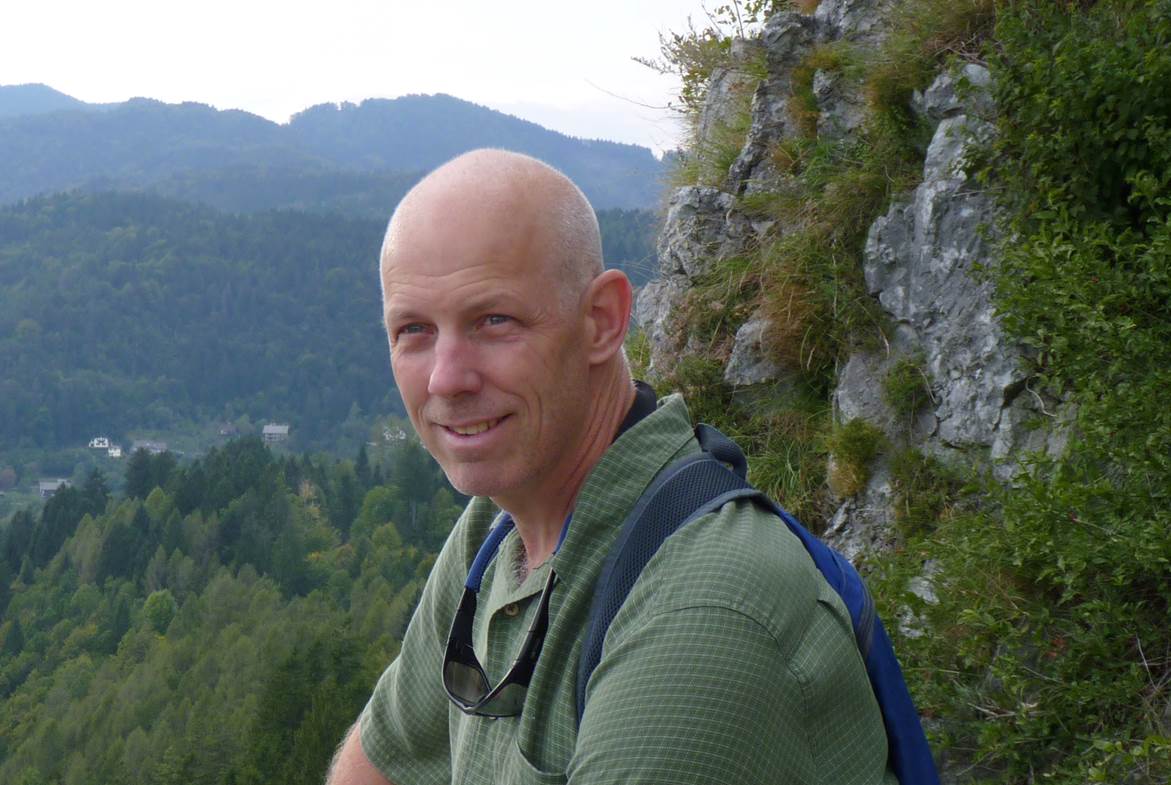
- This event has passed.
CBE Seminar: Britton Chance Distinguished Lecture, “A Language Whose Characters are Triangles” (Phillips, California Institute of Technology)
November 15, 2023 at 3:30 PM - 4:30 PM
One of the most intriguing outcomes of casting our thinking about the world around us in mathematical terms is that phenomena that were thought to be quite distinct are instead revealed as being the “same.” Thinkers as long ago as Pliny the Elder made observations on active matter noting: “It is a peculiarity of the starling to fly in troops, as it were, and then to wheel round in a globular mass like a ball, the central troop acting as a pivot for the rest.’’ In this talk I will introduce field theory and the emergence of the modern theory of active matter as formulated by Toner and Tu to describe the collective motions of animals such as the giant herds of wildebeest on the plains of the Serengeti. We will then use active matter theory at a billion fold smaller scale to describe the motion of “flocks’’ of actin that power the movement of the single-celled parasites that cause malaria and toxoplasmosis. Our theoretical analysis will be used as a tool to interpret single-cell/single-molecule experiments on the dynamics of these fascinating parasitic organisms. All of these topics will serve as an invitation to a broader discussion of how the study of the living world is enriched by adopting the mindset that led Galileo to his assertion that the language of the natural world is mathematical.

Rob Phillips
Fred and Nancy Morris Professor of Biophysics and Biology
From the age of 17, my life has been driven primarily by science, coloring everything from the books I read to the destinations I choose for travel, which now includes having led 15+ field trips in evolutionary biology all around the world. My adventures in learning physics included working my way from a several year stint as an electrician to becoming a physics graduate student. Although my first love was physics and mathematics, as I learned more about the living world, it seemed that many of the most exciting problems in science are found there. As a result, I made the switch from materials physics to biology when I moved from a faculty position at Brown University to Caltech. The NIH Director’s Pioneer Award gave me the chance to become a full-time physical biologist, with a group that aims to be equally adept at theory and experiments, and the MIRA award has been similarly transformative. Much of my biological education and taste in biological questions has come from the privilege of teaching and doing research with a host of fantastic collaborators including Steve Quake (physical biology laboratory), Dianne Newman (freshman biology), Victoria Orphan (evolution), Doug Rees (structural biology and physiology), David Baltimore(virology and immunology) and Eric Davidson (gene regulatory networks) and in my decade long association with the Marine Biological Laboratory in Woods Hole. Until recently, I served as Physiology Course co-director with Wallace Marshall and Jennifer Lippincott-Schwartz. Most importantly, my nearly two decades of work with Jane Kondev (Brandeis University), Julie Theriot (University of Washington), Hernan Garcia (UC Berkeley), Christina Hueschen (Stanford University), Thomas Lecuit(College de France), Wallace Marshall (UCSF), and Ron Milo (Weizmann Institute) on our books “Physical Biology of the Cell”, “Cell Biology by the Numbers” and “The Principles of Biological Shape” has shown me how quantitative thinking can serve as an engine of biological discovery. Stimulated by these experiences, my laboratory has focused on careful predictive modeling in physical biology complemented by precision measurements at both the single-molecule and single-cell level to precisely test those predictions.
